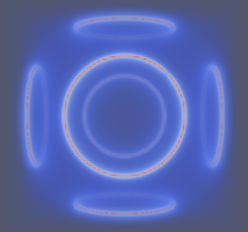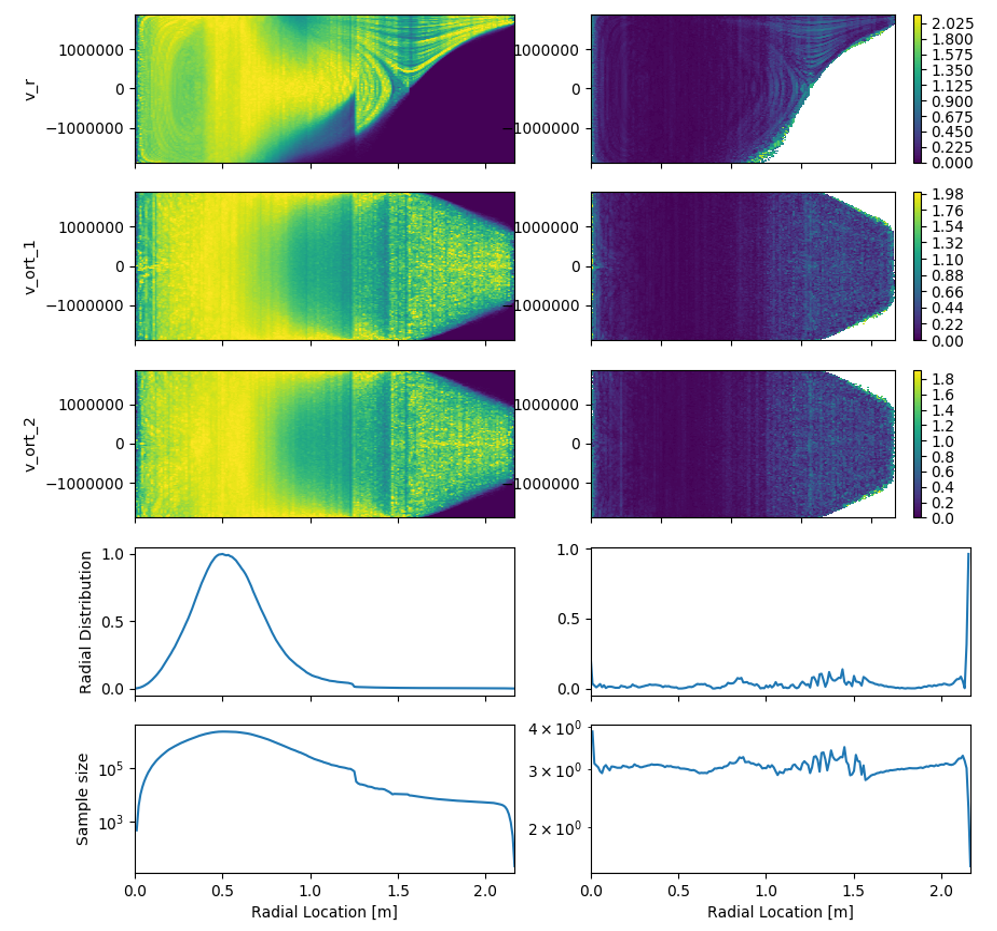Plasma confinement and extraction in IEC devices

Inertial electrostatic confinement (IEC) fusion devices have been proposed as an enabling technology for high performance space applications, because of the supposed simplicity of their design. Different IEC concepts have been proposed for both power and thrust generation.
Virtual cathode devices, such as the Polywell, aim to harness the high energy of charged fusion products to generate power. To achieve this, fusion products are allowed to escape the device, where their energy is captured using direct energy conversion (DEC). Thruster concepts based on jet mode IEC devices propose instead to generate thrust directly. In the fusion mode version of this concept, it is suggested that the product energy can be transferred to the energy of the bulk plasma within the inner grid of the IEC, improving thrust characteristics.
Project Overview
This project aims to assess the potential of these two concepts. The study considers thermalisation processes in IECs to assess the viability of fusion mode thrusters. Theoretically, and using 0D coulomb collisional models, the thermalisation rates of the reactant, and product beams for different fusion reactions are considered.
To assess power generation concepts, the confinement of electrons in low beta Polywell devices are characterised. Electron cusp losses are the dominant loss mechanism for Polywell devices. This study builds on previous work, to validate a time scale for electron confinement. In addition, radial position and velocity profiles are extracted from simulations, to give an understanding of the behaviour of confined particles. The interchange between radial and orthogonal velocity components in these profiles show the process of magnetic mirroring.
